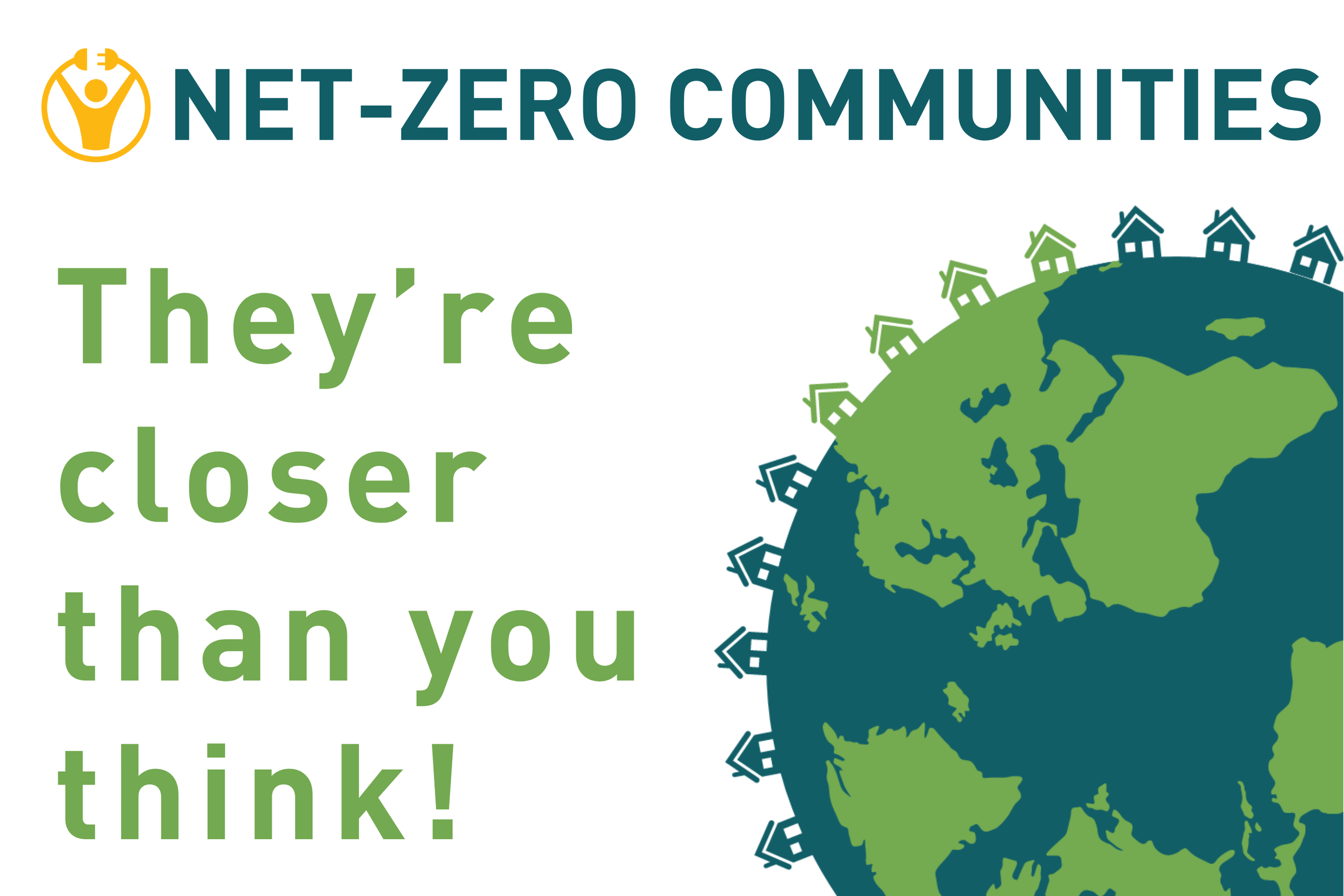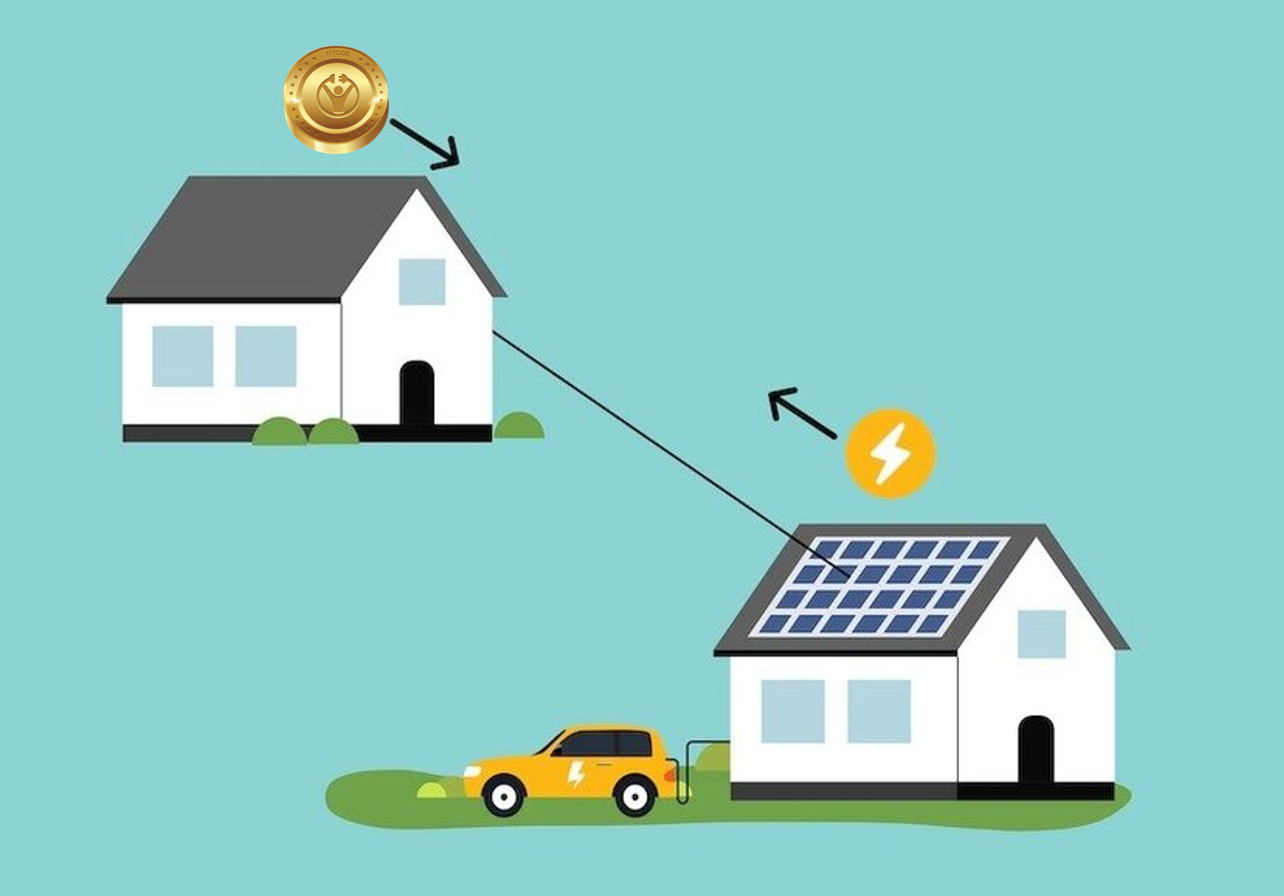Blockchain in the Energy Industry Articles
Tokenized Marketplace for SMR Operators and Investors: Ian Chan at Consensus 2025
Today, we are excited to feature Ian Chan on our blog. A seasoned leader in finance and blockchain innovation, Ian has been a long-time advisor, friend and champion of Hygge Energy. He recently represented Hygge at CoinDesk Consensus 2025, one of the leading global forums for blockchain, Web3 and AI innovation. In this conversation, he shares insights from the event and reflects on why Hygge’s mission continues to energize and inspire him.
Question: You spent 3 days at Consensus 2025, speaking with a wide range of people in the space, including investors, technologists, lawyers and other entrepreneurs. What was that experience like for you, personally and professionally?
Ian: There was a lot of energy in the room; it was great to see familiar faces and meet new ones. The event was well-curated, with a strong slate of speakers and mixer sessions. But what really stood out were the conversations I had in between the events. That’s when I got to discuss our idea around tokenizing small modular reactors (SMR) and creating a marketplace to connect investors and operators. People were not only receptive but also eager to build on the concept, and kept highlighting the need for this type of marketplace, which was inspiring and energizing.
By 2050, climate change is projected to cause an additional 14.5 million deaths and $12.5 trillion in economic losses worldwide (World Economic Forum, 2024). If we continue business as usual, these estimates are only likely to worsen, leading to more frequent and severe natural disasters like hurricanes, wildfires, droughts and floods. To mitigate these catastrophic outcomes, accurate and transparent carbon emissions reporting is crucial. Unfortunately, carbon emissions reporting has lost its credibility due to a pervasive global failure to ensure transparency.
What comes to mind when you think of net-zero communities? For most, the idea conjures an image of a group of like-minded individuals, each willingly embracing change for the greater good. The notion of every sustainability-conscious individual installing solar panels atop their home is a picturesque one, yet it seems to be a far-fetched, perhaps unattainable, global solution. What most people don’t realize, however, is that net-zero communities are closer than we think, and the steps for this transition are completely painless for individual energy consumers. The perfect candidates for the net-zero revolution are small towns anchored by one core functionality.
What is a Carbon Credit Market? One carbon credit (CC) is equal to one tonne of CO₂ emissions. CCs are issued to projects that remove, reduce or avoid emissions. These credits can then be sold to cover the costs of the project. Two types of CC markets exist: compulsory and voluntary. Compulsory markets are regulated by governments or international organizations such as the United Nations Framework Convention on Climate Change (UNFCCC). Voluntary markets are run by independent organizations such as Verra or the Gold Carbon Standard. For credits calculated based on reduced or avoided emissions, the CC quantity is the baseline (business-as-usual) emissions minus the project emissions.
Climate change is a global issue; the adverse effects of air pollution affect our health, lead to extreme weather disasters, and contribute to the destruction of our ecosystem. This news is not new, the climate crisis has been discussed in length for decades. Although we aware of the severity of rising temperatures, we have still seen an increase in the earth’s global temperature of approximately 0.13°C each decade. Industrialized countries, and the people who live within them, have grown accustomed to a specific lifestyle that consists of an abundance of readily available options at the lowest possible price point. Eco-friendly consumption options do not often fit these characteristics and villainizing everyday consumers for not making sustainable decisions pressures people to live outside of their means. Walmart contributed over 17 million metric tons of carbon dioxide equivalent in 2019, and we can see comparable emissions from similar major corporations. However, a low-cost mass production strategy is often the only option for lower income families, especially with the rising cost of living. We can all make small changes, but municipalities and corporations are key to seeing real advancements.
It all begins with an idea.












